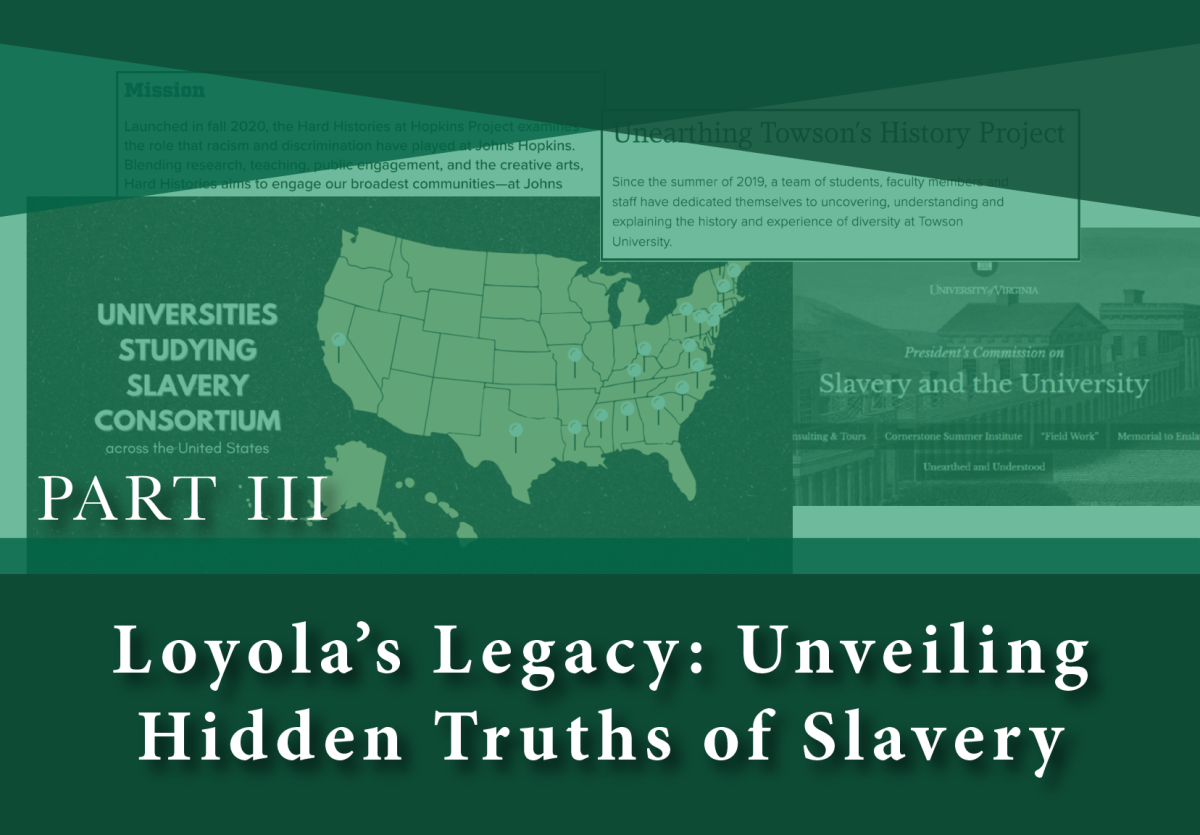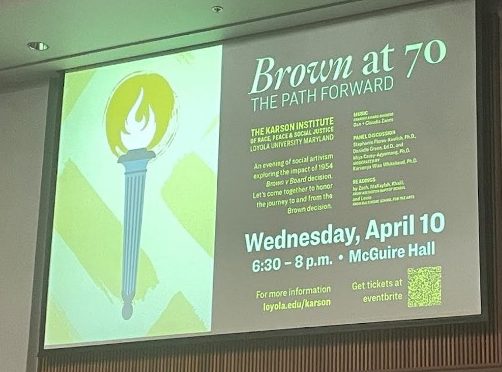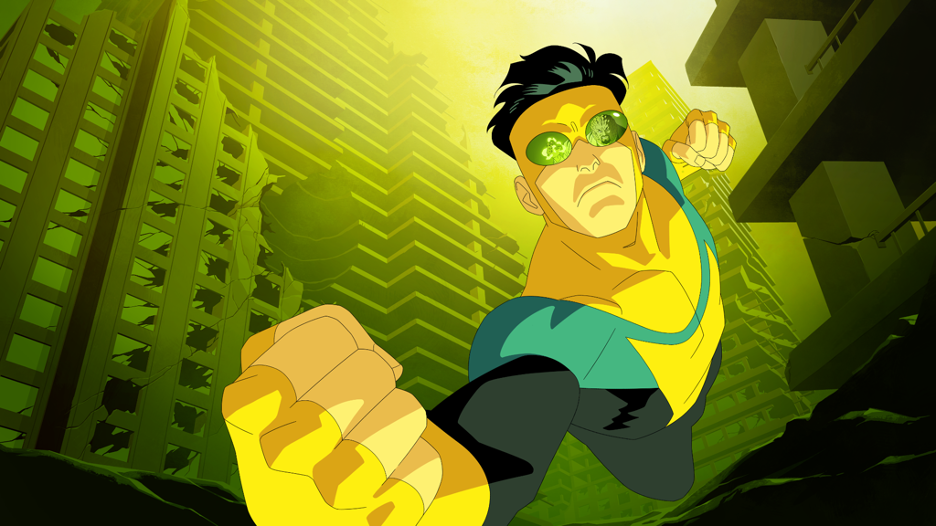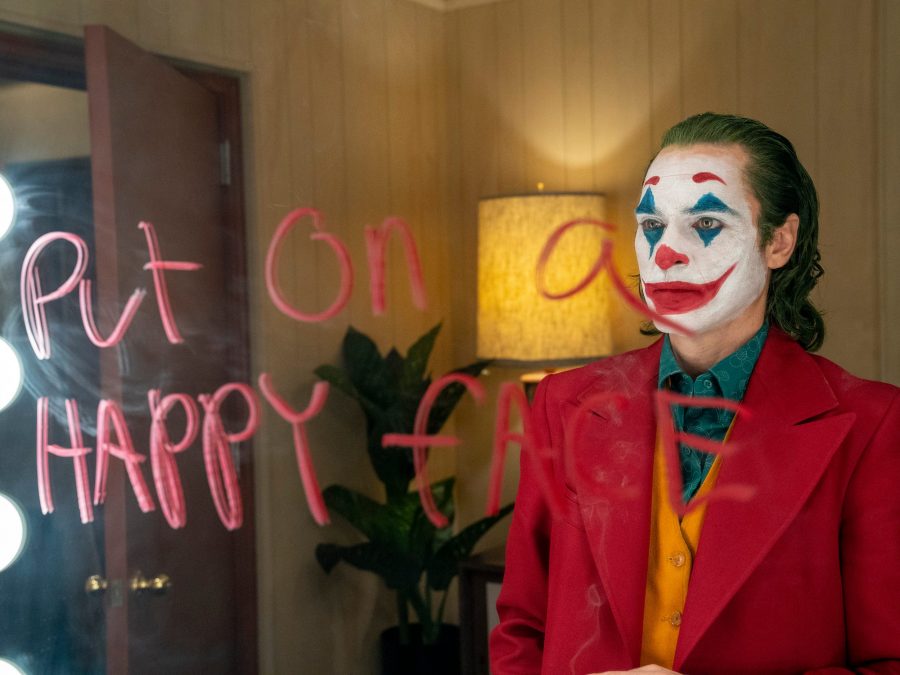Released on Oct. 4, the controversial “Joker” is a film viewers won’t forget—though they might want to.
The film’s initial 60 seconds introduce a dark energy with its panned shot of protagonist Arthur Fleck (Joaquin Phoenix) painting his face skillfully with patchy white and blue acrylic. Clowns don’t necessarily signify danger, but the intense delirium in Arthur’s eyes and smile is enough to frighten anyone.
Director Todd Phillips worked tirelessly to concoct a fearful creature in Arthur Fleck, and the quality of the film reflects this well. It’s clear the $55 million budget for “Joker” was put to good use, as every shot, every scene, and every set enhanced the maniacal mind of the man who calls himself the Joker. DC Films also animated Gotham City, but this environment harbors a greater significance because Gotham acts as every American city. The directors capitalized on this idea by weaving several modern issues into the film’s plotline, such as mental illness, class, capitalism, and conformity.
Those “three C’s” are executed artfully through the setting of “Joker.” Gotham City is a dystopian alternate to America, and focusing on someone like Arthur Fleck is powerfully unsettling. In a strongly segregated society such as Gotham, those at the bottom of the ladder feel the negative effects of capitalism most greatly. Thomas Wayne could never sympathize (and never does) with a man like Arthur because the ladder has never belonged to Gotham City. Arthur may have no other home, but in an environment such as Gotham, he never will.
“Joker” demonstrates this theme continuously throughout the film but, most importantly, in the opening scene when high-school-aged boys attack Arthur for spinning his sign. An unsettling realization stems from this scene when one connects how valued conformity is in society today that even teenagers will attack those who act out. It can be enough to drive anyone crazy.
“Joker” approaches the topic of mental illness, however, in a less tasteful way. Arguably the most important theme in the film, the concept of mental illness is present in every shot. Viewers are given insight into the life of someone whose illness has consumed his life, and it exemplifies the hardships that people with intricate disorders like Arthur can face. Phillips wants you to pity him. There is no guilt that lies with pitying an abused man, but when that same man turns a mass murderer, issues arise. It seems as though Phillips treats Arthur’s mental illness as a catalyst for Joker’s actions and it could give the impression that others suffering from mental illnesses are more susceptible to commit like-minded crimes, or be feared on the basis of doing so.
Callie Ahlgrim of Insider News draws similar conclusions from the film. In her article, she alludes to the glorifying aspect of “Joker” by expressing the concerns law enforcement officials had prior to the movie even being released. This is because, as she writes, “Joker” “does something even more troubling [than reflecting motivations of murderers outside of film because] it blames the supervillian’s legendary cruelty on mental illness.” Her review recounts how “Joker” provides a strong insight into Arthur’s troubled past and current experience, but “stigmatize[s]…every aspect of Fleck’s neurotypicality,” including connecting his infamous laugh to be an uncontrollable tick similar to Tourette Syndrome – a facet of his condition that would serve as the impetus for his first murders on the Subway. Though Alhgrim does not deny the “unhinged allure about the Joker,” she writes how the film makes people “be wary [of those] who exhibit symptoms of mental illness.”
The intentions of “Joker” lay in the right place, as it is clear the writers and filmmakers wanted to explore a darker side to society through mental illness, but the end result was disturbing and, at times, ineffective.
Feature Image: Courtesy of Insider.
















































































































